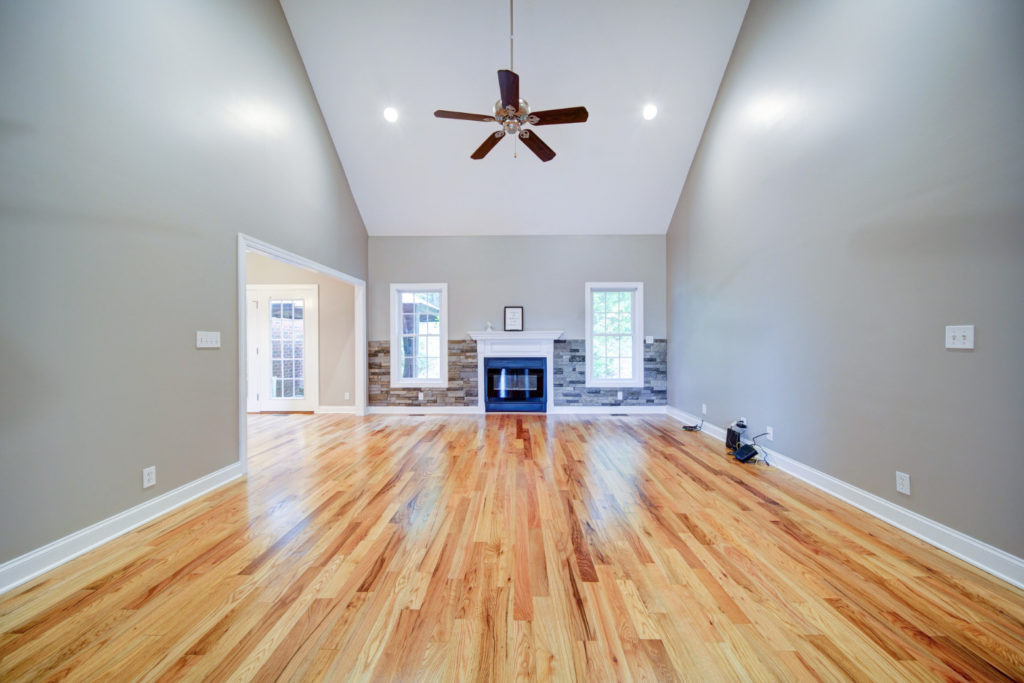Wood Plastic Composite (WPC) flooring combines the strength of natural wood with the resilience and easy maintenance of luxury vinyl. This makes it a popular choice among homeowners and commercial spaces seeking a durable and aesthetically pleasing flooring option. However, like any flooring material, WPC has its own set of challenges. Understanding these and knowing how to address them can ensure your WPC flooring remains in top condition for years.
Susceptibility to Temperature Changes
- Challenge: WPC flooring can expand or contract in response to temperature fluctuations. This is particularly evident in environments where temperature changes are frequent and significant, which can lead to buckling or gaps.
- Solution:To mitigate this issue, it is crucial to acclimatize WPC flooring to the room’s temperature before installation. Leave the flooring material in the room where it will be installed for at least 48 hours. Furthermore, during installation, ensure adequate spacing is left around the edges for expansion and contraction.
Heavy Furniture and Pressure Points
- Challenge:Like many types of flooring, WPC can be susceptible to indentations from heavy furniture or appliances that exert constant pressure on small areas.
- Solution:Use furniture pads or coasters under the legs of heavy furniture to distribute the weight more evenly. This can prevent permanent indentations and help maintain the floor’s integrity. For extremely heavy items, consider using a thick area rug or a protective plywood panel beneath to further disperse the weight.
Moisture and Humidity
- Challenge:Although WPC flooring is more resistant to moisture compared to purely wood-based products, excessive moisture can still pose a risk, especially over prolonged periods. This can lead to warping or mold growth.
- Solution: Ensure that any spills are cleaned up promptly. In bathrooms, kitchens, and basements, maintain good ventilation to avoid excessive humidity. Also, check that your WPC flooring is specifically rated for high moisture areas if it will be installed in these environments. Using moisture barriers when installing over concrete or other moisture-prone substrates can also help protect the flooring.
Staining
- Challenge: WPC flooring is generally resistant to staining, but like any surface, it can still suffer if spills are not addressed quickly. Certain chemicals and dyes have the potential to cause permanent stains.
- Solution:Clean up spills as soon as they occur using a damp cloth and a mild cleaner. Avoid using harsh chemicals, such as bleach or abrasive scrubbers, as these can damage the flooring surface. Regular cleaning with the appropriate products can prevent dirt and stains from setting in.
Scratches and Abrasions
- Challenge:WPC flooring is designed to be durable, but it is not immune to scratches, especially in high-traffic areas.
- Solution:Maintain a regular cleaning schedule to keep the floor free from dirt and grit that can cause scratches. Place mats at entryways to catch debris from shoes. Regularly trim pet nails to avoid deep scratches. When moving furniture, always lift rather than drag.
Conclusion
WPC flooring is a fantastic choice for both residential and commercial use due to its durability, ease of maintenance, and aesthetic appeal.

